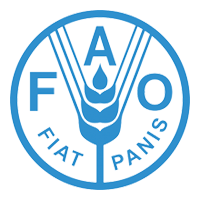Advances in knowledge brokering in the agricultural sector: Towards innovation system facilitation
The process of knowledge brokering in the agricultural sector, where it is generally called agricultural extension, has been studied since the 1950s. While agricultural extension initially employed research push models, it gradually moved towards research pull and collaborative research models. The current agricultural innovation systems perspective goes beyond seeing research as the main input to change and innovation, and recognises that innovation emerges from the complex interactions among multiple actors and is about fostering combined technical, social and institutional change. As a result of adopting this innovation systems perspective, extension is refocusing to go beyond enhancing research uptake, and engaging in systemic facilitation or what has been called 'innovation brokering'. Innovation brokering is about performing several linkage building and facilitation activities in innovation systems, creating an enabling context for effective policy formulation and implementation, development and innovation. Conclusions are that an innovation systems perspective also has relevance for sectors other than agriculture, which implies that in these sectors knowledge brokering as enhancing research uptake and use should be complemented with broader innovation brokering activities. © 2012 Institute of Development Studies.
Related Resources
Practical Guide to Capacity Development in a Sector Context
This Practical Guide to Capacity Development in a Sector Context has been compiled to accompany Asian Development Bank (ADB)’s Capacity Development Framework and Action Plan.1 Its purpose is to provide ADB staff and other development practitioners with a set of...
Innovation Strategy
The IFAD Innovation Strategy does not set new objectives for staff, but rather defines what is needed to create an innovation-friendly environment and to support staff in achieving the expected results.To strengthen its innovative capabilities and become a better catalyst...
Collective Action among African Smallholders
This Thematic Research Note reviews the evolution of collective action among smallholders. It assesses determinants of their success such as incentives, capacities, and social impediments. The Note also discusses lessons and options for future action. These include lessons from collective...
Fighting striga and improving soil fertility with videos in Mali
In 2011, ICRISAT and Agro-Insight made 10 farmer-to-farmer videos on the control of striga, a parasitic weed endemic to sub-Saharan Africa. As the weed can destroy entire cereal crops, particularly on poor soils, both striga and soil fertility management need...



